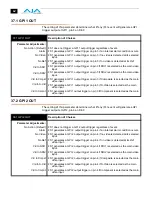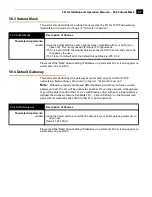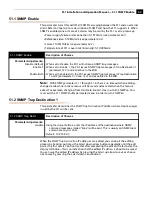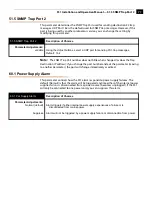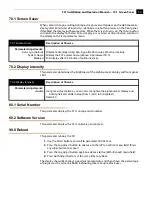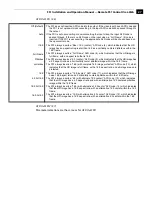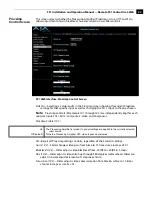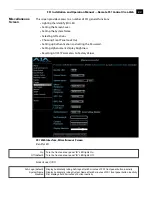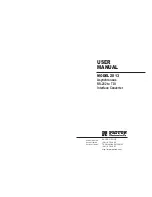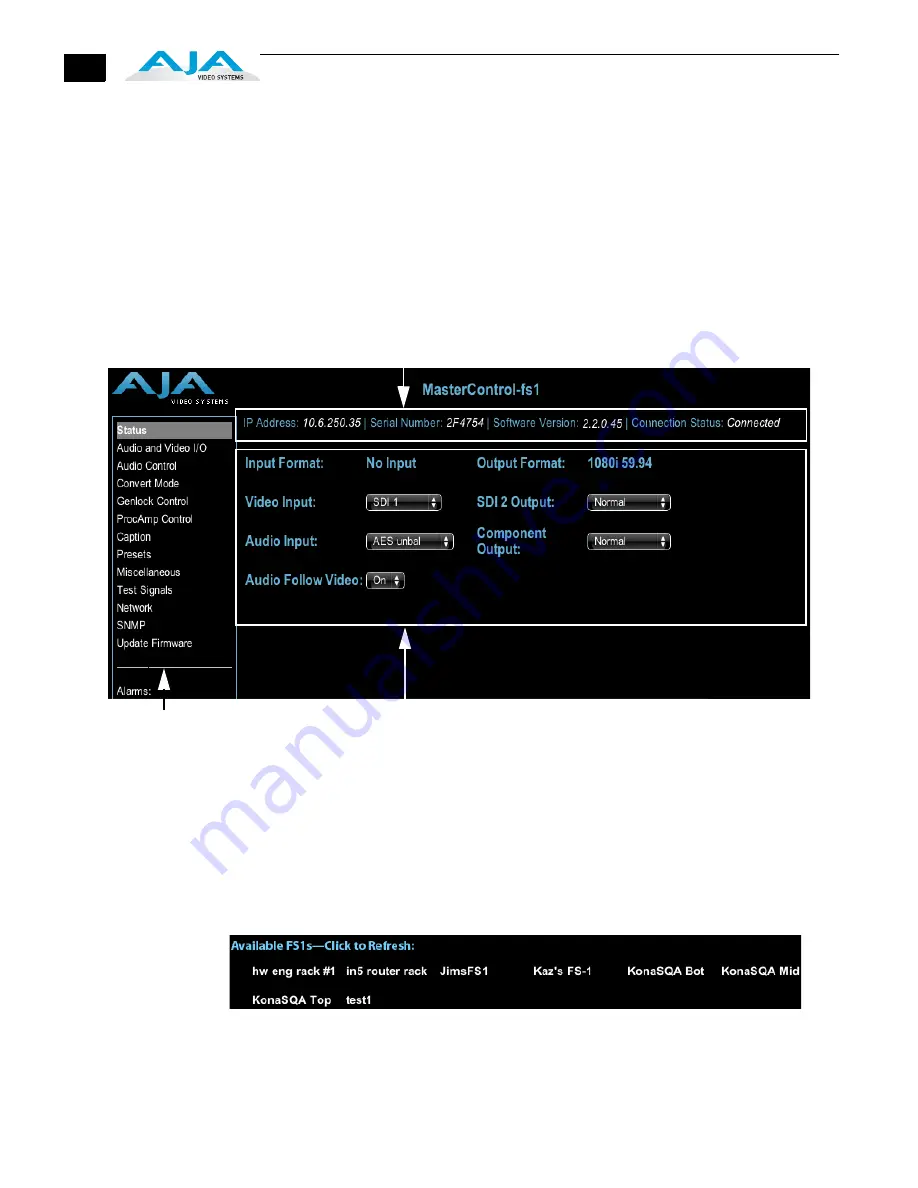
78
General Screen
Information
All FS1 web screens have certain areas in common. On the left of each screen is a
navigational list of the available FS1 screens. Click any of these items to jump to that
screen. At the top of each screen you’ll also find a heading showing the connection status
and IP address in addition the FS1’s serial number and software version. This latter
information is useful if you ever have to call AJA Technical Support to discuss a problem
or get help. In the middle of each screen are menu choices and information pertaining to
the subject matter of that screen (i.e., the
Audio and Video I/O
screen has choices about
audio and video).
FS1 web screens closely mirror the parameter menus displayed on its front panel. In each
of the screens presented on the following pages, we’ll list the parameter menu numbers
that are related. Also, to make things easier for you to reference, we’ll list the definitions
redundantly here so you don’t have to flip back and forth between chapters.
FS1 Web Interface, Main Status Screen
Controlling
Multiple FS1s
From the
Network
screen, you can see at-a-glance all of the FS1 devices present on the
same local LAN as the current FS1 you are controlling. At the bottom of the screen under
Available FS1s—Click to Refresh
, the system names of all FS1s on the LAN are listed.
Clicking on any of these will bring up the
Status
screen of that FS1.
Note:
the FS1 you
control may be running a different software version, so screens may look different. As a
rule, it’s wise to have all your FS1 devices running the most current software and the same
version. Also, you must have a properly configured default gateway to see the FS1s.
Note:
If the
Default Gateway
(parameter
50.4
) is not configured properly, other FS1s will
not be visible here. If it displays
No FS1’s found
, check the gateway setting.
FS1 S/N, software version, and connection status
Pull-down menu choices
List of screens:
Click a screen name to
display the screen

